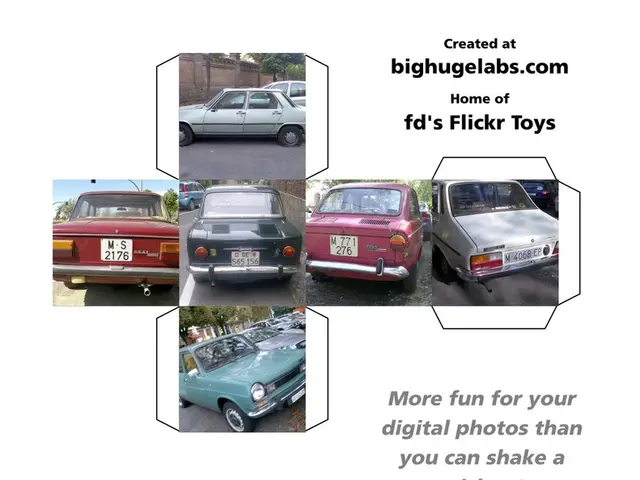Volvo's Latest Generation of Cars to Feature Advanced Technology Infrastructure Across all Models
Volvo is revolutionising its electric vehicle (EV) production with a new tech stack and platform, aiming to lower production costs, speed up the development process, and enable continuous improvement of future EV models. The company's strategy, known as the Superset tech stack and SPA3 platform, standardises hardware and software across all upcoming EV models.
Lower Production Costs through Standardisation
By relying on a common hardware and software architecture, Volvo reduces the need for multiple bespoke components. This standardisation simplifies supply chains and assembly lines, subsequently reducing manufacturing complexity and costs.
Faster Speed-to-Market through Reuse and Efficiency
The shared Superset tech stack allows Volvo to develop new models more efficiently as they can reuse validated components and software modules. This reuse reduces development cycles and integration efforts, accelerating the time from concept to production.
Continuous Improvement through Software Updates
The software-defined nature of the Superset tech stack means features and capabilities can be updated or enhanced over the air continuously, even after a car is delivered. This enables rapid innovation and refinement without physical recalls or hardware changes.
SPA3: The Foundation for Flexibility and Scalability
The SPA3 platform underpins these efforts by providing a flexible vehicle architecture that supports the advanced Superset stack. This integration helps Volvo transition its electric lineup to be more responsive to evolving technologies and customer needs, all while controlling complexity and costs.
SPA3 builds on many of the building blocks of its predecessor, SPA2, and introduces several key upgrades. The architecture is more scalable, allowing Volvo to develop and build cars of various sizes. Key components can be used across all cars built on SPA3, reducing complexity and increasing flexibility.
A Future-Proof Approach to Technology
Volvo's next-generation electric technology base is called SPA3. The company announced this new approach to technology during its Capital Markets Day in Gothenburg, Sweden. The aim is to make cars that get better with time, implementing closed-loop development based on data, connectivity, software, and core computing.
The shift to core computing is at least as significant as the shift to electrification. By having all capabilities needed to produce a car in the same area, Volvo creates increased synergies and improves technology efficiency in areas like core computing, batteries, e-motors, megacasting, and modular manufacturing.
The forthcoming all-electric EX60 midsize SUV will be built on SPA3. The Torslanda plant's preparation for the production of SPA3 cars showcases Volvo's approach to future manufacturing.
Volvo Cars is committed to continuously improving and growing the tech stack. The scalability of SPA3 leads to lower investment costs and lower variance in relation to sales, potentially resulting in stronger future cash flow. The Superset tech stack can be configured in many different ways, with each new car being a selection or subset of building blocks from the stack.
In summary, Volvo's cohesive hardware-software strategy embodied in the Superset tech stack and SPA3 platform forms the foundation for more affordable, faster-to-market electric vehicles with future-proof capabilities for continuous software-driven improvements. This approach aims to make cars that get better with time, responding to evolving technologies and customer needs.
In the realm of automotive industry, Volvo's electrification aspirations are bolstered by the implementation of the Superset tech stack in its EV production. By standardizing hardware and software across all upcoming models, costs are lowered, and manufacturing complexity is reduced.
Moreover, the shared Superset tech stack permits efficiency in development, as reusable components and software modules speed up the time from concept to production, ultimately benefiting the finance sector through accelerated market entry for new EV models.




